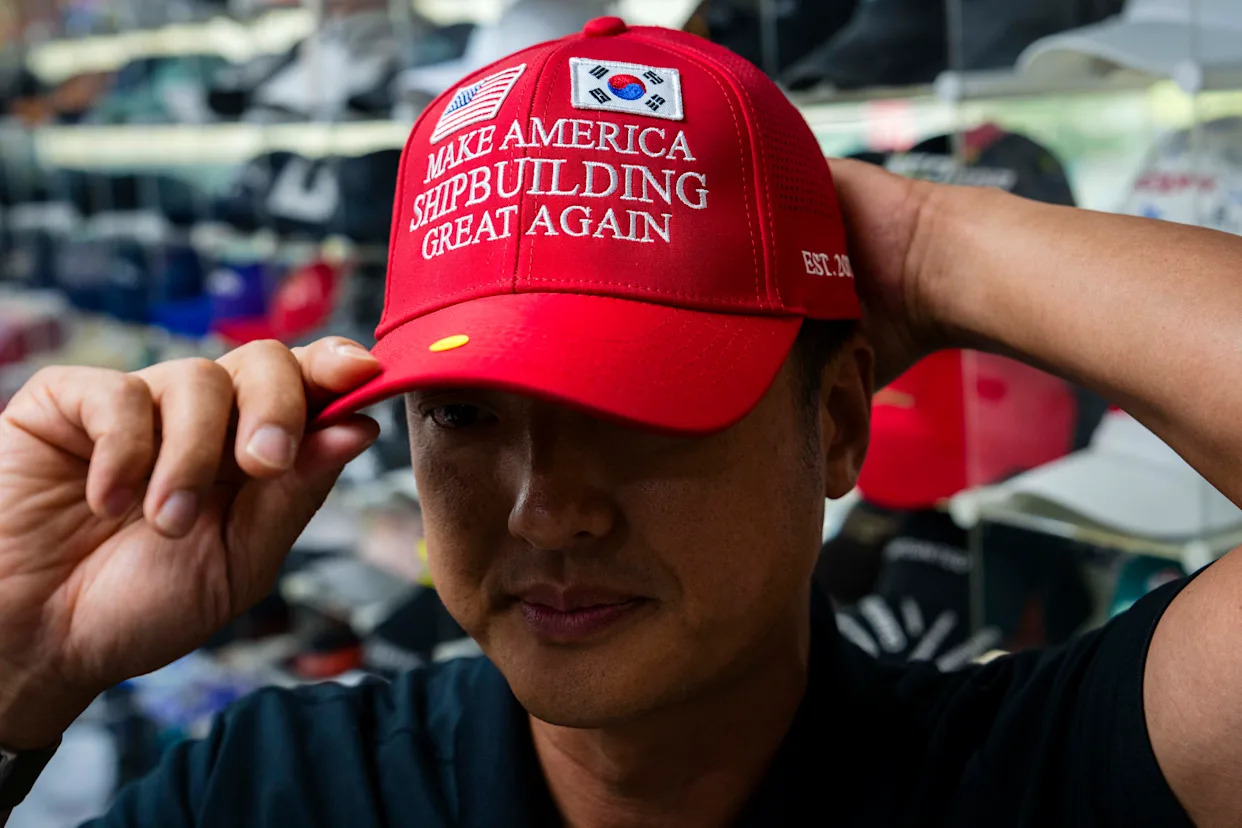
ULSAN, South Korea - When South Korean President Lee Jae Myung meets with President Donald Trump for the first time on Monday, he will arrive at the White House with a gift that’s sure to please Trump: South Korea’s shipbuilding prowess.
Lee, who was elected in June, will arrive for his first summit with Trump at a rocky moment in the relationship between the two security allies, thanks to a transactional U.S. president who gauges allies by their trade deficit.
South Korea’s is large - $66 billion last year, according to the U.S. Trade Representative - but shipbuilding has emerged as a crucial opportunity for cooperation.
Trump has made revitalizing U.S. shipbuilding a priority to try to close the gap with dominant China. Since his reelection, he has repeatedly raised the prospect of working with South Korea, the world’s second-largest shipbuilder behind China - even as he rails against South Korea for “free-riding” on the U.S. for security.
There are other thorny issues: The Pentagon is considering withdrawing troops from South Korea, and Trump wants to increase the cost to Seoul of stationing U.S. troops in the country.
At the same time, Lee wants a less confrontational approach with Beijing, while Trump wants allies to join Washington to curtail China.
“This is a very challenging time with a large number of important issues, and I’m just keeping my fingers crossed that things will work out between the two presidents,” said Ahn Ho-young, a former South Korean ambassador to the United States.
That’s why Seoul has leaned into ships as its most potent - and perhaps only - leverage in dealing with Trump. Government officials have even dubbed their proposal the “Make American Shipbuilding Great Again” Project, or MASGA.
Moja Factory, a custom hatmaker near Seoul’s Dongdaemun fashion district, rushed to make an order of 10 red caps emblazoned with the phrase “Make America Shipbuilding Great Again,” along with an American flag and a South Korean flag, before the two sides announced a bare-bones tariff deal last month.
Initially threatened with a 25 percent blanket tariff, Seoul secured a 15 percent levy in last month’s agreement, the same as Japan.
“I hoped the negotiations would go well after seeing how they were preparing for it down to the minor details like creating a hat,” said Shim Ki-dae, head of the factory. The hat “was just a small thing I could do, but I’m glad to see it was used so well in a big way.”
Last week, the factory was working on a new government order - and Shim has a hunch he’ll be seeing the new hats at Monday’s summit.
When the two nations announced the framework of their tariff agreement last month, Lee said the deal included a $150 billion fund dedicated to shipbuilding cooperation, though the details remain vague.
Experts said this nevertheless tapped into one of South Korea’s core areas of expertise.
“I think Koreans are very excited because this is the first time that the United States has said to Korea, ‘Hey, you guys, can you do something for us?’” said Rhee Shin-hyung, naval architecture professor at Seoul National University.
It may be premature for South Koreans to have “rosy dreams” about where the cooperation is headed, he warned. “I don’t know if it will be the huge jackpot opportunity that people think it is.”
The deal could be mutually beneficial, allowing the nation’s firms to expand into the U.S. defense and commercial markets, and solidifying South Korea as a critical part of the supply chain, according to Hong Jin-hee, senior economic security researcher at the government-affiliated Korea Institute for International Economic Policy.
Large-scale projects like expanding production of LNG carriers and warships at U.S. shipyards and collaborating with the U.S. Navy would help South Korea develop its globally competitive track record, Hong said.
Lee is betting it will be beneficial. The South Korean president is scheduled to tour the Hanwha Philly Shipyard in Philadelphia following the summit. Last year, Hanwha Group became the first South Korean company to acquire a U.S. shipyard, investing $100 million and bringing high-tech equipment, sophisticated designs and manufacturing know-how to boost production.
South Korea’s shipbuilding industry has flourished since the 1970s, following heavy government subsidies, and helped shepherd the country’s industrial revolution from postwar poverty.
The fruits of those investments are on full display in Ulsan, home to HD Hyundai Heavy Industries, the world’s biggest shipbuilder, which produces both commercial vessels and military ships for the South Korean Navy. At its shipyard here, also the world’s biggest, towering orange cranes with names like “Goliath” dot the skyline.
Residents stroll through the Hyundai art park, go to the Hyundai clinic when they’re sick, send their kids to Hyundai middle and high school, drive on the HD Hyundai Construction Equipment Road and cheer for the Hyundai soccer team. No wonder it was once called the “Republic of Hyundai.”
“There was just nothing much here back in the day,” said Park Chan-hyun, 57, who used to work in the industrial sector. Then, auto, energy and shipyard companies burgeoned on the back of cheap labor and government support. “It’s now all Hyundai around here.”
In fact, shipbuilding has thrived across East Asia. China, South Korea and Japan together account for 90 percent of the global commercial shipbuilding capacity, according to Rand, a national security think tank.
Meanwhile, the U.S. shipbuilding industry has largely been left to rust since the 1980s, when the Reagan administration ended government subsidies, and now comprises less than 1 percent of the global market.
The U.S. Navy struggles to build ships on time, on budget and in mass quantities, according to the Government Accountability Office. And a law designed to protect U.S. shipbuilders from foreign competition has contributed to the aging of the U.S.'s commercial fleet, according to the Congressional Research Service.
That means the U.S. should lean on allies, rather than going it alone, especially given the level of support the Chinese government offers to its state-owned shipyards, said Miyeon Oh, Korea chair at Rand.
Meanwhile, China now has the world’s largest navy. The scale of China’s naval expansion is “alarming” in its fleet size and how quickly it can build warships, Oh said.
Because of “buy America” provisions in U.S. law and political constraints, it’s not feasible to outsource shipbuilding to allies anytime soon.
But the U.S. can consider allowing limited co-production with close treaty allies, while still maintaining American ownership and operation, she said. “The United States cannot compete with China alone,” Oh said.
Coordinating with Seoul and Tokyo allows the U.S. to build servicing capacity in the region in case of conflict in the Taiwan Strait or South China Sea, said Bryan Clark, a former U.S. Navy officer and naval operations expert at the Hudson Institute, a Washington think tank. For example, the allies can help with repair and maintenance. U.S. naval ships based in Japan already do almost all of their maintenance there, he said.
“The U.S. is the away team in that fight and ends up having to rely a lot on naval forces to be able to counter Chinese aggression against allies,” Clark said.
On the commercial side, Clark said the U.S. also needs to attract investment from the allies to boost its own domestic production capacity, especially to protect itself from coercive Chinese behavior like cutting off supply chain and logistics access. South Korean firms could buy or invest in more U.S. commercial shipyards, replicating the Philly Shipyard model, he said.
South Korean shipbuilders say they stand ready.
“We hope to support the rebuilding and modernization of the U.S. shipbuilding industry through future cooperation with the U.S. in the commercial marine and defense industries, and together, we can open a new chapter in the global shipbuilding industry,” HD Hyundai Industries said in a statement.
China has taken notice, with the state-affiliated Global Times warning South Korea and Japan last week that cooperating with the U.S. would risk “potentially diverting resources from their own priorities.”
In Ulsan, many residents are not sure more cooperation is necessarily good news. They wonder if ramping up South Korean investments in U.S. shipyards means there will be less focus on the plant here.
“They’re bringing our systems to America, so Ulsan could take a back seat,” said Kang Ji-hyun, 34, who works as a pharmacist across from the plant. “So if we work more with the United States, I think it will hurt our economy.”
Related Content
As Trump tightens grip on D.C., officers say their chief is absent

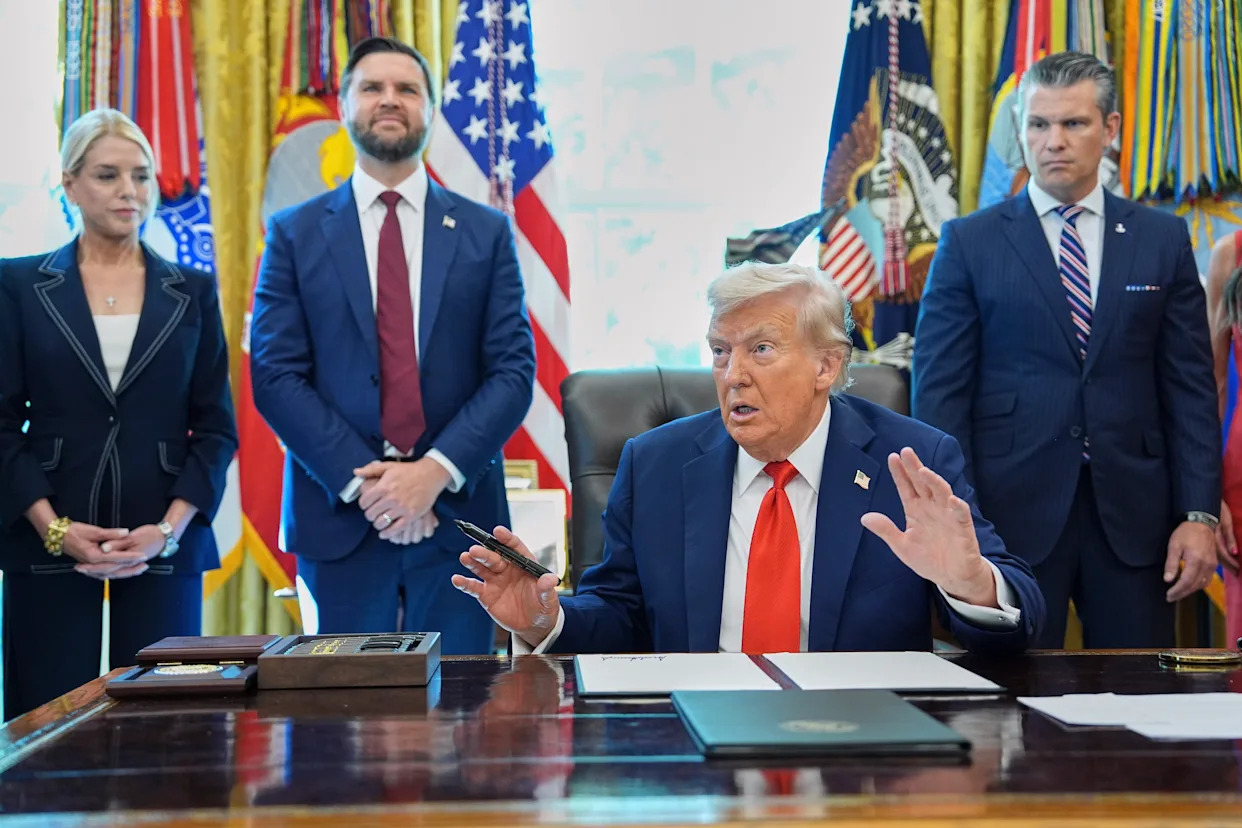
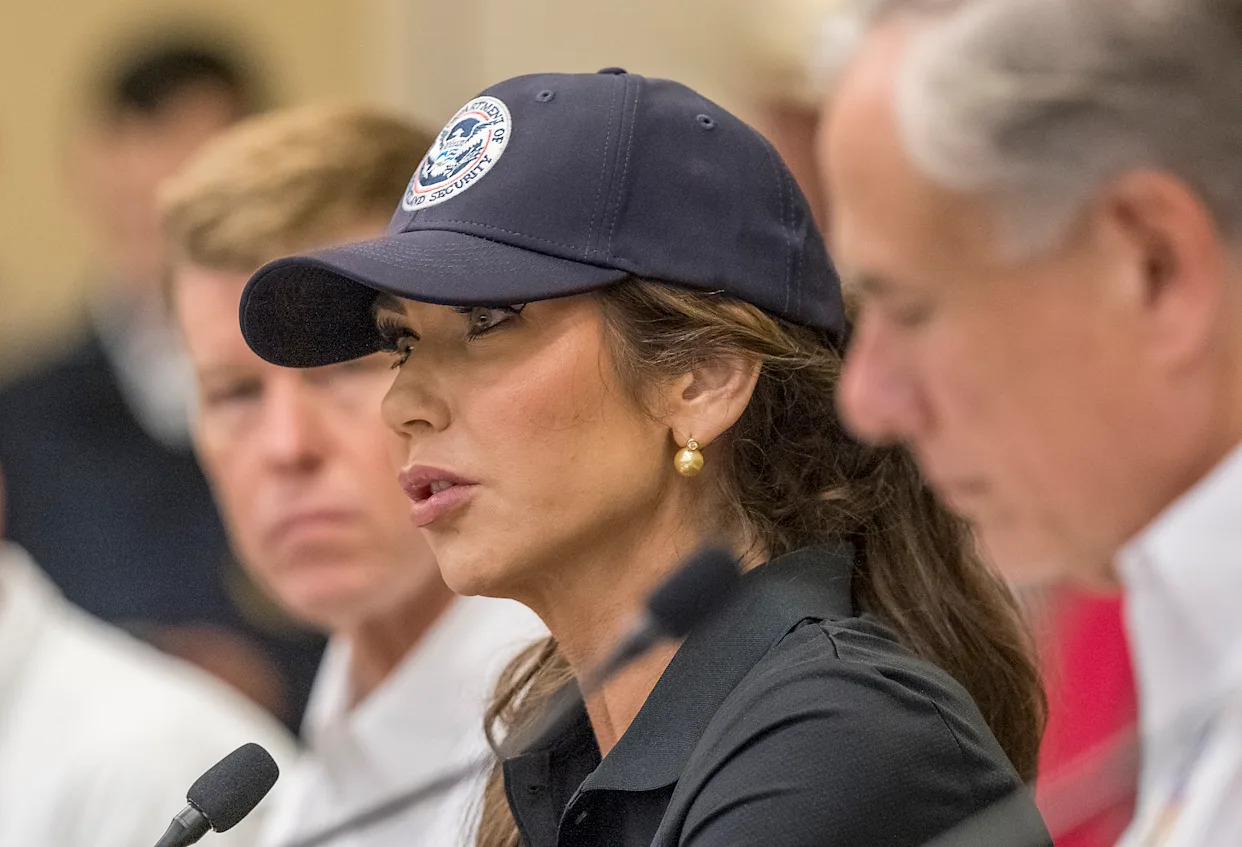
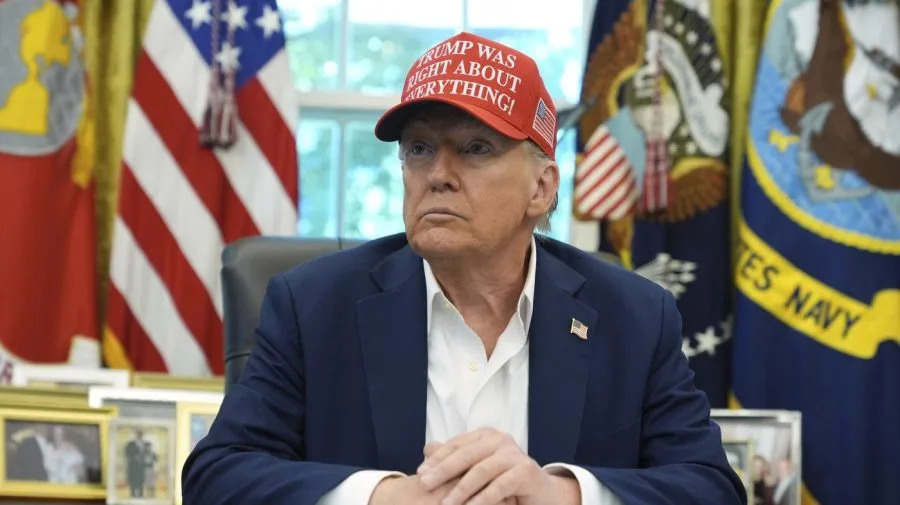
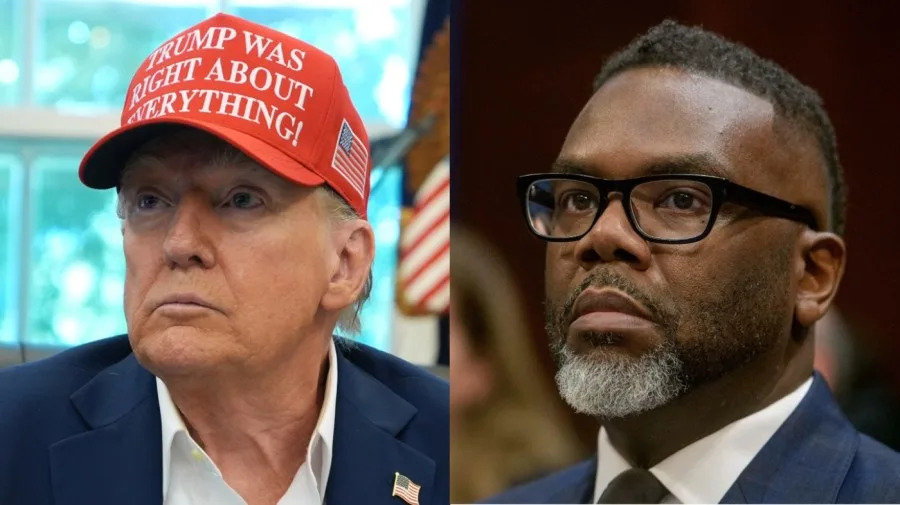

Comments